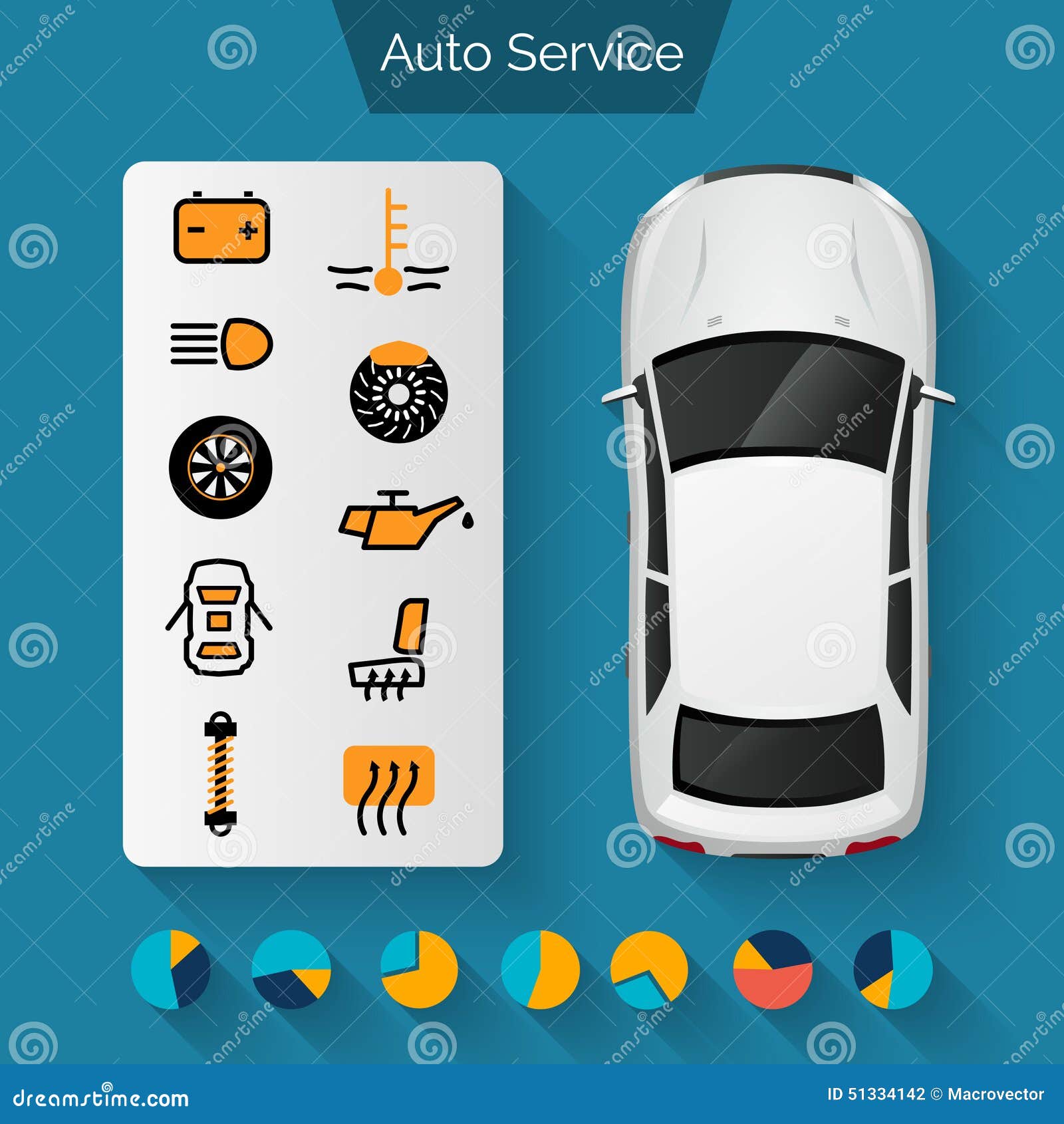Want To Find Out More About The Caution Lights On Your Dashboard? Discover What They Indicate Concerning Your Vehicle'S Health And Safety
Want To Find Out More About The Caution Lights On Your Dashboard? Discover What They Indicate Concerning Your Vehicle'S Health And Safety
Blog Article
Posted By-Lauritsen Dalgaard
When you're behind the wheel, those beautiful caution lights on your control panel can be a little bit perplexing. Do you recognize what they're attempting to inform you concerning your cars and truck's health? Understanding the importance of these lights is vital for your security and the longevity of your automobile. So, the following time one of those lights turns up, wouldn't you want to analyze its message precisely and take the essential actions to address it?
Common Caution Lighting and Interpretations
Recognize usual caution lights in your cars and truck and comprehend their significances to make sure risk-free driving.
One of the most regular warning lights include the check engine light, which indicates issues with the engine or discharges system. If this light comes on, it's important to have your automobile inspected promptly.
The oil stress advising light shows low oil stress, requiring immediate attention to stop engine damages.
https://zandermhcwq.yomoblog.com/36234351/polish-your-car-describing-abilities-with-seasonal-understandings-to-maintain-your-automobile-looking-excellent-and-safe-explore-just-how-to-manage-the-unique-obstacles-that-come-with-each-season blinking battery light might recommend a malfunctioning charging system, potentially leaving you stranded otherwise resolved.
The tire pressure monitoring system (TPMS) light alerts you to reduced tire pressure, influencing lorry stability and gas performance. Ignoring this could result in hazardous driving problems.
The abdominal muscle light indicates a problem with the anti-lock braking system, compromising your capability to stop quickly in emergency situations.
Finally, the coolant temperature level warning light warns of engine getting too hot, which can lead to severe damages if not resolved swiftly.
Understanding these usual warning lights will aid you deal with concerns immediately and maintain secure driving problems.
Relevance of Prompt Interest
Recognizing the typical warning lights in your vehicle is just the very first step; the value of quickly attending to these warnings can not be stressed enough to ensure your safety and security when traveling.
When a warning light brightens on your dashboard, it's your auto's means of communicating a possible concern that needs attention. Ignoring these warnings can bring about a lot more severe problems in the future, compromising your safety and possibly costing you much more in repairs.
Motivate attention to cautioning lights can stop failures and crashes. For example, a blinking check engine light can show a misfire that, if left neglected, could cause damage to the catalytic converter. Addressing this promptly can save you from a pricey fixing.
Similarly, a brake system cautioning light could signal reduced brake liquid or used brake pads, crucial elements for your safety and security when driving.
Do It Yourself Troubleshooting Tips
If you see a caution light on your control panel, there are a few DIY troubleshooting pointers you can attempt before seeking expert assistance.
The initial step is to consult your vehicle's guidebook to understand what the specific warning light indicates. Often the problem can be as easy as a loosened gas cap triggering the check engine light. Tightening up the gas cap might deal with the trouble.
click the up coming internet site is a low battery, which can activate different alerting lights. Checking the battery links for corrosion and guaranteeing they're secure might repair the issue.
If a warning light lingers, you can attempt resetting it by separating the automobile's battery for a few mins and then reconnecting it. Furthermore, checking your vehicle's fluid degrees, such as oil, coolant, and brake fluid, can help troubleshoot alerting lights connected to these systems.
Verdict
In conclusion, comprehending your vehicle's warning lights is essential for keeping your vehicle running efficiently and safely. By without delay attending to these signals and knowing what they suggest, you can prevent expensive repair services and possible malfunctions.
Remember to consult your automobile's guidebook for specific information on each cautioning light and take action accordingly to ensure a hassle-free driving experience.
Keep informed, stay safe when driving!
